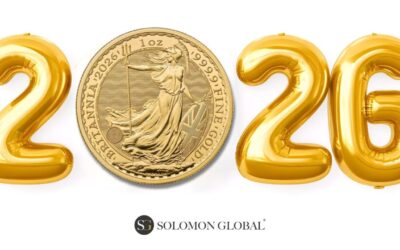In a world of economic instability, rising inflation, and geopolitical tension, first-time buyers and collectors are increasingly turning to one timeless asset: gold.
For centuries, gold has been a universal store of value – respected across cultures, economies, and crises. Unlike currencies, which can be printed or devalued, gold is finite. Its scarcity, durability, and universal acceptance make it a reliable hedge against volatility.
When stock markets stumble, gold typically holds its ground – or gains. In 2008, during the global financial crisis, gold surged while equities tumbled. Similarly, during the COVID-19 pandemic, heightened economic uncertainty drove collectors towards gold as a safe haven, pushing its price to record highs in 2020. More recently, Russia’s invasion of Ukraine in 2022 further boosted gold demand amid geopolitical tensions and inflation fears, reinforcing its role as a hedge against turmoil.
But gold isn’t just about crisis, it’s a key part of a diversified, long-term investment strategy. Physical gold – bullion, coins, or bars – offers a tangible, non-digital asset with no counterparty risk. It’s portable, private, and globally recognised.
At Solomon Global, we help investors navigate these times with confidence. Whether you’re new to gold or expanding your holdings, investing in physical bullion can help preserve your wealth – and bring peace of mind when markets are anything but predictable.
In uncertain times, gold doesn’t just shine. It protects.
Disclaimer: This blog is for informational purposes only and does not constitute financial advice. Buying physical gold as an investment involves risk, as the value of precious metal prices can be volatile. Historical financial performance does not necessarily give a guide of future financial performance. We recommend that you conduct your own independent research and seek professional tax, legal and financial advice before making any investment decisions.



